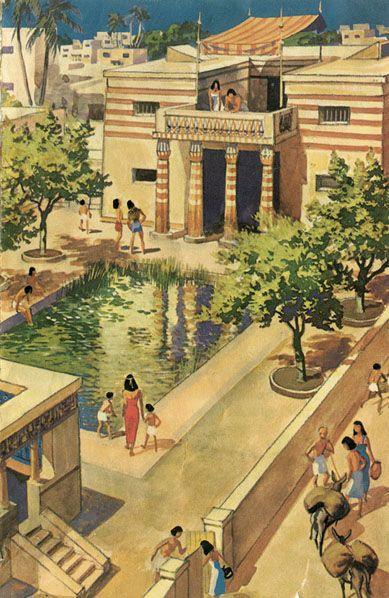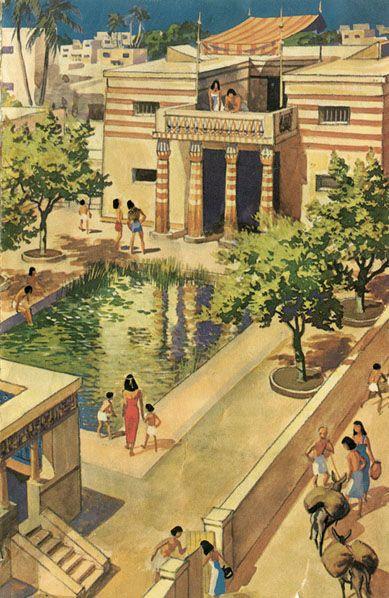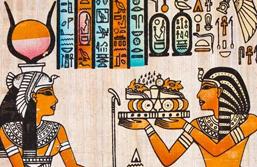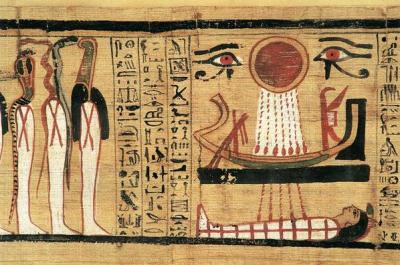Ancient Egyptian kingdom
Egyptian Amulets
In ancient Egypt, this magical power was often derived from a combination of several aspects, such as the amulet’s shape, decoration, inscription, color, material, and words spoken over the piece or acts performed with it.
Ancient Egyptian civilization
Ancient Egyptian civilization left an indelible mark on history with its monumental achievements and advanced technology. With many of life’s necessities provided by the Nile.
Ancient Egyptian's houses
Ancient Egyptians had a pretty unassuming exterior, the houses could be decorated very lavishly depending on the socio-economic class.
Food in the Pharaonic era
The ancient Egyptians ate a wide variety of food. Their diet was low in fat, and rich in fiber and carbohydrates. The Nile gave Egypt fertile land which ensured an abundant and variable food supply. This resulted in a highly-diverse and complex cuisine.
Ancient Egyptian's Afterlife Beliefs
Death was considered a transitional period for ancient Egyptians. They thought that death is a mere stop to then pass to eternity. This was reflected in their beliefs and behavior.










